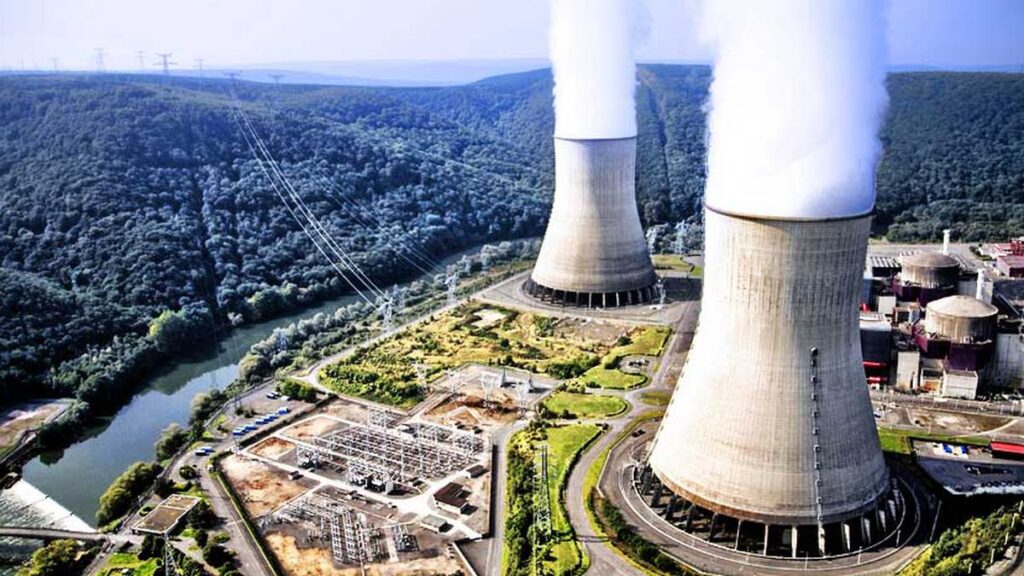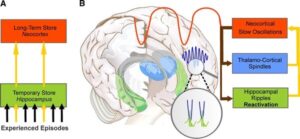
Nuclear energy is one of the most powerful and efficient sources of electricity in the world. It plays a key role in reducing carbon emissions and supporting the growing demand for clean and reliable energy. Although nuclear technology has existed for decades, many people are still unclear about how it works and why it is important. This guide explains the basics of nuclear energy, its benefits, challenges and future potential.
What Is Nuclear Energy
Nuclear energy comes from the tiny particles inside atoms. When the nucleus of an atom is split, a large amount of heat energy is released. This process is called nuclear fission. Power plants use this heat to create steam, which spins turbines connected to generators that produce electricity.
Uranium is the most commonly used fuel for nuclear reactors. It contains atoms that can be split easily to release energy.
How Nuclear Power Plants Work
A nuclear power plant operates in several stages:
Fuel Rods
Uranium pellets are packed into metal rods. These rods form the core of the reactor.
Controlled Chain Reaction
Inside the reactor, uranium atoms split in a controlled process. Control rods made of materials like boron help manage the speed of the reaction to keep everything stable and safe.
Heat Production
The fission process generates heat, which is used to produce steam.
Turbines and Generators
The steam turns large turbines that drive generators, producing electricity for cities and industries.
This entire process takes place in highly protected structures designed to prevent radiation from escaping into the environment.
Benefits of Nuclear Energy
Nuclear power offers several important advantages:
Low Carbon Emissions
Nuclear plants produce electricity without releasing greenhouse gases. This makes them a strong ally in the fight against climate change.
High Efficiency
A small amount of uranium can produce a huge amount of energy. Nuclear power is far more efficient than fossil fuels.
Reliable and Steady Power
Nuclear reactors can operate continuously for long periods. They provide stable electricity even when weather conditions affect solar or wind power.
Supports Energy Security
Nuclear energy reduces a country’s dependence on imported fuels and strengthens energy independence.
Challenges and Concerns
Although nuclear energy has many benefits, it also faces challenges:
Radioactive Waste
Used nuclear fuel remains radioactive for thousands of years. Special storage facilities are needed to keep it safe.
High Cost
Building nuclear plants requires significant investment and long construction times.
Safety Risks
Although modern reactors are much safer, accidents in the past have created public concern. Strict regulations and advanced technology are essential for safe operation.
Applications Beyond Electricity
Nuclear technology is not only used for power generation. It supports many fields such as:
- Medical imaging and cancer treatment
- Food sterilization
- Industrial inspections
- Space exploration through nuclear powered spacecraft
These applications show how nuclear science contributes to both health and technological progress.
The Future of Nuclear Energy
New innovations are shaping the next generation of nuclear power:
Small Modular Reactors (SMRs)
These compact reactors offer lower cost, easier transport and enhanced safety features.
Fusion Energy
Scientists are working on nuclear fusion, a process that merges atoms instead of splitting them. Fusion could provide almost unlimited clean energy in the future.
Advanced Safety Designs
Modern reactors use improved cooling systems and passive safety technologies that operate even without human intervention.
Conclusion
Nuclear energy is a powerful resource that can help meet global energy needs while reducing environmental impact. With proper safety measures and modern technology, nuclear power remains one of the most promising solutions for a clean and sustainable future. Understanding how it works allows us to appreciate its role in supporting progress, innovation and global energy security.




